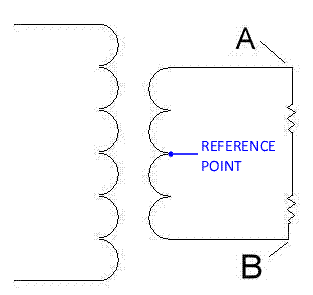hurk27
Senior Member
- Location
- Portage, Indiana NEC: 2008
Here is a site with some nice diagrams and much info witten in a very easy to understand format:
All About Circuits
Keep clicking next to go into the next page.
All About Circuits
Keep clicking next to go into the next page.




